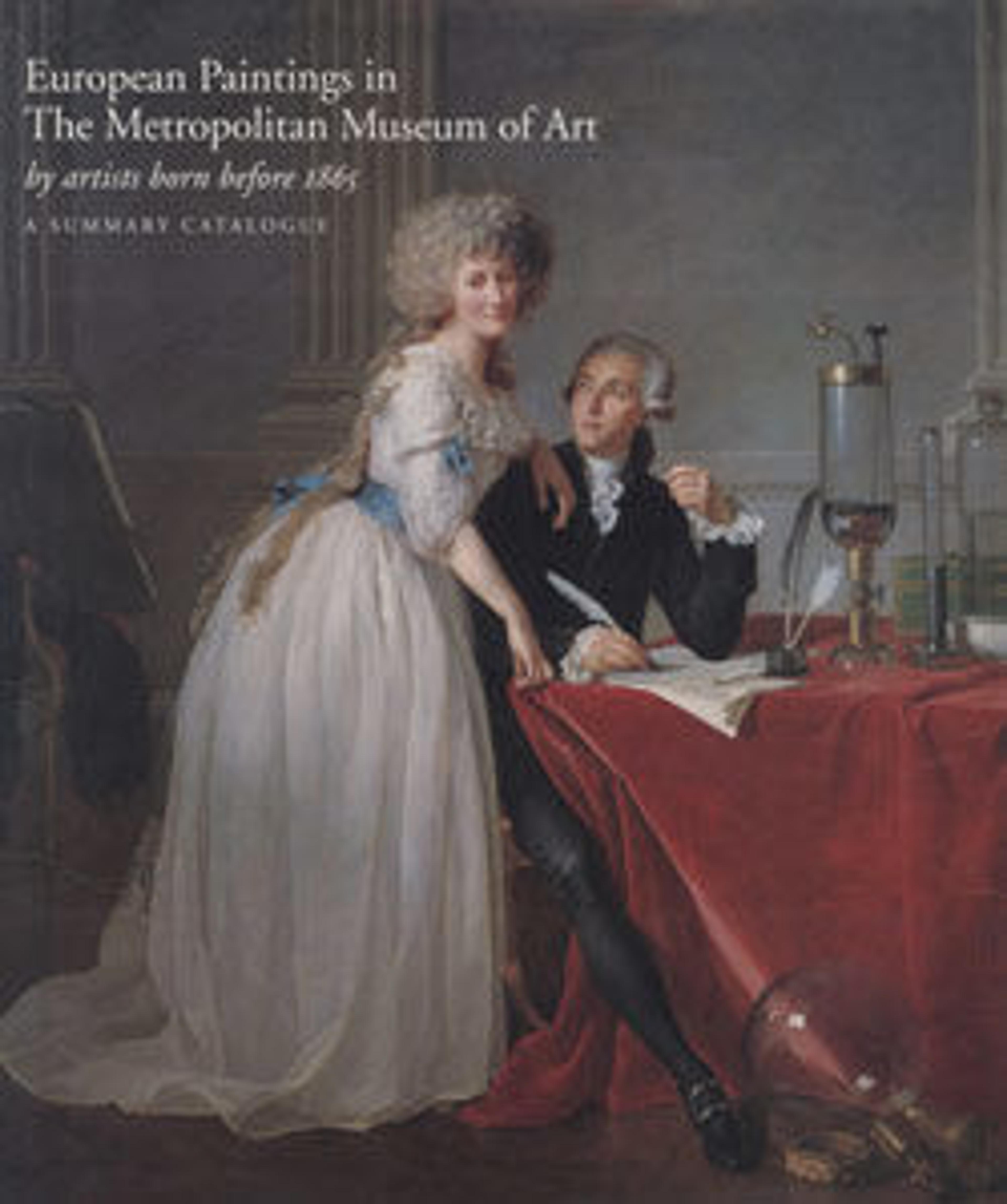The Visit
An elegant woman looks out of the painting with an expression both bored and bemused. She is encircled by four men, including a standing figure who is probably her husband, a family chaplain whose religious concerns are presumably about to be ignored, and a possible suitor dressed in yellow, whose offer of a biscuit to the dog may carry erotic symbolism.
Artwork Details
- Title: The Visit
- Artist: Pietro Longhi (Pietro Falca) (Italian, Venice 1701–1785 Venice)
- Date: 1746
- Medium: Oil on canvas
- Dimensions: 24 x 19 1/2 in. (61 x 49.5 cm)
- Classification: Paintings
- Credit Line: Frederick C. Hewitt Fund, 1912
- Object Number: 14.32.2
- Curatorial Department: European Paintings
More Artwork
Research Resources
The Met provides unparalleled resources for research and welcomes an international community of students and scholars. The Met's Open Access API is where creators and researchers can connect to the The Met collection. Open Access data and public domain images are available for unrestricted commercial and noncommercial use without permission or fee.
To request images under copyright and other restrictions, please use this Image Request form.
Feedback
We continue to research and examine historical and cultural context for objects in The Met collection. If you have comments or questions about this object record, please contact us using the form below. The Museum looks forward to receiving your comments.
